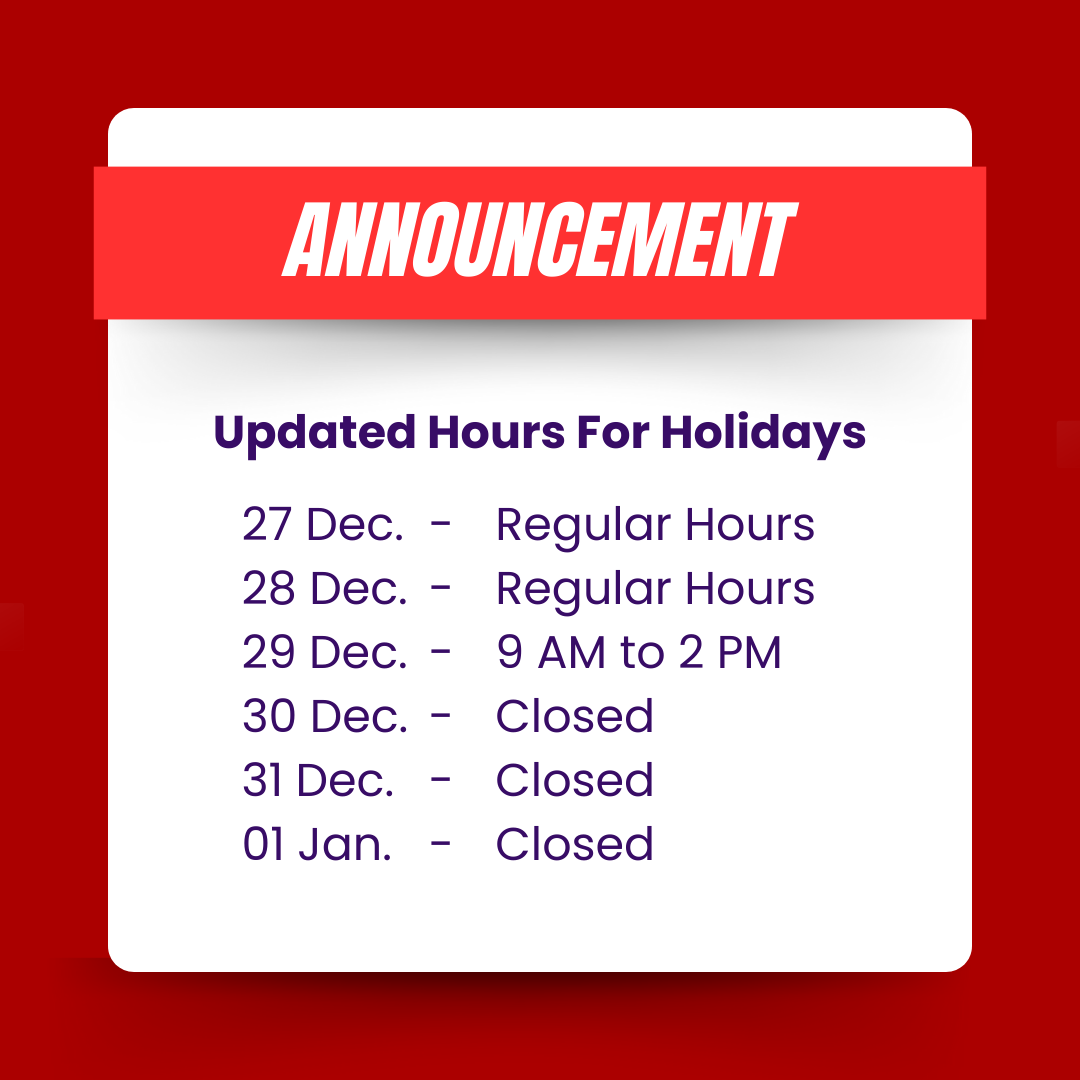Insurance deductibles are a crucial aspect of insurance policies, but they can often be confusing for policyholders. Understanding how deductibles work and their impact on your coverage is essential to make informed decisions when choosing insurance plans. In this comprehensive guide, we will demystify insurance deductibles, explain their purpose, explore different types of deductibles and provide practical insights to help you navigate the deductible landscape with confidence.
What are Insurance Deductibles?
- Definition of Insurance Deductibles: Insurance deductibles are the predetermined amount policyholders must pay out of pocket before their insurance coverage kicks in. It represents the portion of the claim that policyholders are responsible for before their insurance company starts contributing.
- Purpose of Insurance Deductibles: Deductibles serve several purposes. Firstly, they help reduce the number of small and frivolous claims, allowing insurance companies to focus on significant losses. Additionally, deductibles encourage policyholders to exercise caution and avoid unnecessary claims. Lastly, deductibles help insurance companies manage risk and offer policies at affordable premiums.
Types of Insurance Deductibles
- Fixed Dollar Deductibles: This type of deductible requires policyholders to pay a fixed amount out of pocket before the insurance coverage applies. For example, a policy with a $500 deductible means that the policyholder pays the first $500 of a covered claim.
- Percentage-based Deductibles: With percentage-based deductibles, the deductible amount is calculated as a percentage of the total claim value. For instance, if the policy has a 10% deductible and the claim is $10,000, the policyholder is responsible for paying $1,000 before the insurance coverage applies.
- Aggregate Deductibles: Aggregate deductibles apply to certain policies that cover multiple claims within a specified period. Policyholders must pay the cumulative deductible amount for all claims during that period before insurance coverage applies.
- Calendar Year Deductibles: Calendar year deductibles reset annually. Once the policyholder reaches the deductible amount in a calendar year, subsequent claims within that year are covered by insurance.
Factors to Consider when Choosing Deductibles
- Affordability: Consider your financial situation and determine the amount you can comfortably pay out of pocket in the event of a claim. If you have sufficient savings to cover a higher deductible, you may opt for a higher deductible to lower your premium.
- Risk Tolerance: Evaluate your risk tolerance level. If you prefer a lower level of financial risk and want insurance to cover a higher portion of potential claims, selecting a lower deductible may be appropriate. However, keep in mind that lower deductibles typically result in higher premiums.
- Frequency of Claims: Assess your past claims history and the likelihood of filing future claims. If you rarely make claims or prefer to cover smaller losses out of pocket, a higher deductible can be a suitable choice.
- Policy Premiums: Consider how the deductible amount affects your insurance premiums. In general, higher deductibles are associated with lower premiums. Evaluate the potential savings over time to determine if a higher deductible aligns with your budget and long-term goals.
Impact on Insurance Coverage
- Coverage Limit: The deductible amount does not affect the coverage limit of your insurance policy. The coverage limit represents the maximum amount that the insurance company will pay for a covered claim, regardless of the deductible. It’s important to review your policy’s coverage limit to ensure it meets your needs.
- Claims Process: When you file a claim, the deductible amount is subtracted from the total claim value. For example, if you have a $1,000 deductible and your claim is for $5,000, you would receive a reimbursement of $4,000 from the insurance company.
- Deductible Reset: Deductibles can reset annually, typically at the policy renewal date. This means that if you have already met your deductible during the current policy term and renew your policy, you will need to meet the deductible again for any subsequent claims.
- Deductible and Premium Relationship: Higher deductibles are generally associated with lower insurance premiums. This is because policyholders assume more financial responsibility with a higher deductible, reducing the risk for insurance companies. However, it’s important to strike a balance between deductible and premium that aligns with your financial situation and risk tolerance.
Practical Tips for Managing Deductibles
- Build an Emergency Fund: To prepare for potential deductibles, consider building an emergency fund that can cover unexpected expenses. Having savings readily available can help ease the financial burden of meeting deductibles.
- Review Policy Coverage: Regularly review your insurance policies to ensure that the coverage and deductible amounts are still suitable for your needs. Adjustments may be necessary as your circumstances change.
- Seek Professional Advice: Consult with an insurance broker who can provide personalized guidance based on your specific requirements. They can help you navigate the complexities of insurance policies and determine the appropriate deductible for your situation.
- Compare Insurance Quotes: When shopping for insurance, obtain quotes from multiple insurers to compare coverage options, deductibles, and premiums. This allows you to make an informed decision that balances affordability and adequate coverage.
Conclusion
Understanding deductibles is crucial for making informed decisions about your insurance coverage. By grasping the concept of deductibles, considering different types, evaluating factors such as affordability and risk tolerance and managing your deductibles effectively, you can optimize your insurance coverage. Remember to review your policies regularly, seek professional advice when needed and maintain a financial safety net to handle deductibles confidently. With a clear understanding of insurance deductibles, you can navigate the world of insurance and make choices that align with your unique needs and preferences.







